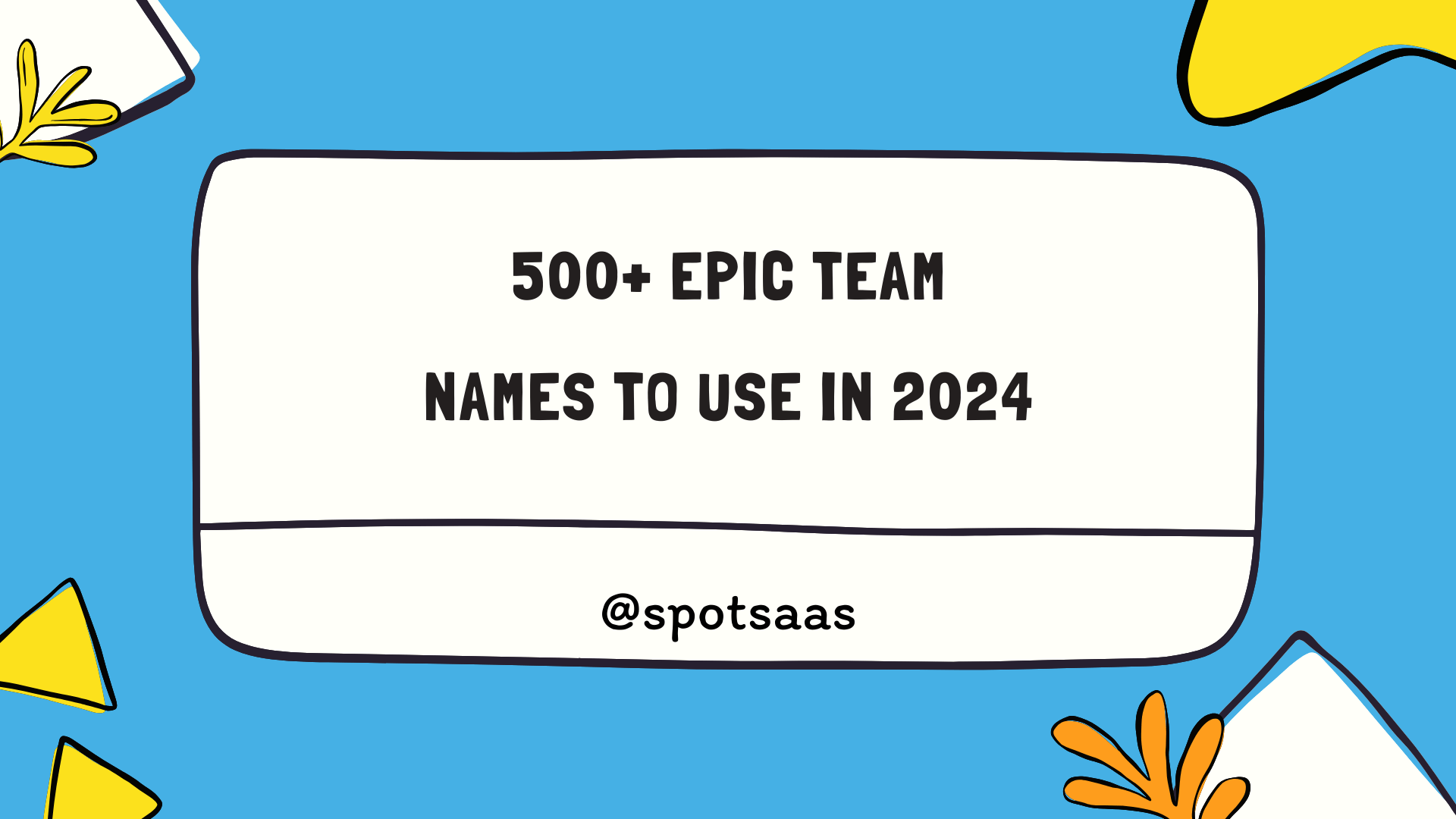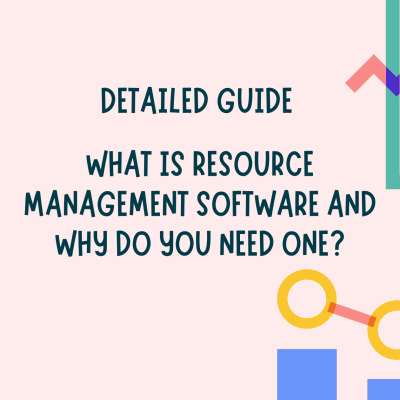How To Choose The Best Translation Management System In 2024
This blog post provides you with comprehensive guidelines on selecting the optimal Translation Management System (TMS) to facilitate your language services effectively and efficiently.
Understanding Translation Management Systems
A Translation Management System (TMS) is a software solution that helps businesses manage the translation and localization process efficiently. It works by centralizing and automating tasks such as content creation, translation, and review, allowing for smoother collaboration between translators, project managers, and other stakeholders involved in the translation process.
By adopting a TMS, companies can streamline their language services and achieve faster time-to-market for multilingual content while ensuring quality translations for end users.
What is a Translation Management System?
A Translation Management System, or TMS, is a kind of software. It helps people in businesses translate words from one language to another. A TMS does more than just change words into a different language.
It can keep track of many translations at the same time and show them all in one place. It makes work easy for everyone who needs to use it on a team. You can find what you need fast and make sure everything matches up right across all your tasks.
How does it work?
A translation management system is like a smart tool. You feed text in one language into the system. The TMS then uses high-tech software to change the text into a different language.
It can handle many languages at once.
This tool is not just about changing words from one language to another. It also keeps every translation task well-ordered. For example, if you have ten tasks due tomorrow, the TMS will keep them sorted for you.
It makes sure no task gets lost or forgotten. Plus, it can connect with other systems where your content lives so that updates happen fast and smoothly.
Benefits of adopting a TMS
Using a Translation Management System (TMS) can change your business. Here’s how:
| Benefits of TMS (Translation Management System) | Description |
|---|---|
| A TMS makes the translation process simple and quick. | It helps streamline and speed up translation tasks. |
| It helps you keep all your translations in one place. | Centralizes and organizes translation resources for easy access. |
| It lets you work smoothly with human translators from around the world. | Enables collaboration with global translation teams. |
| Growing a global business is easier with the help of a TMS. | Supports business expansion into international markets. |
| You get to manage localization and translation processes in one system. | Provides integrated management of localization and translation workflows. |
| Tools like Phrase TMS, Lokalise, and others help your team work better. | Offers specialized translation tools to enhance team productivity. |
| A TMS can adjust to meet your company’s specific needs and wants. | Customizable to align with your company’s unique requirements. |
| Open-source systems let you pick what fits best for your company. | Provides flexibility to choose and adapt open-source solutions. |
| With a TMS, you also get access to translation project management software and platforms. | Includes project management capabilities for translation projects. |
| Choosing the right TMS means picking a tool that will make your language projects run smoothly now and in the future. | Ensures effective language project management and future scalability. |
Business Considerations for Choosing a TMS
When choosing a Translation Management System (TMS), it is essential to consider the impact it will have on stakeholders, the company, and customers.
Impact on stakeholders, company, and customers
Choosing the right translation management system has a significant impact on stakeholders, company operations, and customer satisfaction. With an effective TMS in place, stakeholders such as project managers and translators can collaborate efficiently, leading to improved productivity and smoother communication.
Companies benefit from streamlined processes, reduced costs, and faster turnaround times for translated content. Customers receive high-quality translations that are accurate and culturally appropriate, enhancing their experience with the product or service.
Overall, selecting the best translation management system ensures seamless language support for all parties involved.
Speed and scalability for localized product features
Translation management systems (TMS) play a crucial role in ensuring the speed and scalability of localized product features. With the right TMS, companies can efficiently manage translation projects, allowing for faster turnaround times and seamless scaling as their global presence grows.
This means that companies can quickly adapt their products to different markets by translating content in multiple languages without sacrificing quality or efficiency. By leveraging automation and streamlining workflows, TMS solutions enable businesses to handle large volumes of translations while maintaining consistency and accuracy across all localized product features.
Moreover, choosing a TMS with robust speed and scalability features ensures that businesses can keep up with the demands of an ever-changing market. As new product updates or enhancements are released, it is essential for localization processes to be fast and efficient so that translated content can be delivered promptly alongside the release schedule.
This allows businesses to maintain a competitive edge by providing localized versions of their products simultaneously across different markets. Additionally, having a scalable TMS enables organizations to easily accommodate increased translation needs as they grow or expand into new regions without causing delays or bottlenecks in the localization process.
Translation quality for end users
When choosing a translation management system, one important consideration is the quality of translation for end users. The software should ensure accurate and culturally appropriate translations that resonate well with the target audience.
This means selecting a system that supports high-quality human translation and provides tools for linguistic review and editing. By prioritizing translation quality, businesses can deliver content that is easily understood and appreciated by their global customers.
Cost of investment
Choosing the right translation management system involves considering the cost of investment. It’s important to assess the value and benefits that a TMS can bring to your business, and weigh it against its price.
The cost of investment includes not only the initial purchase or subscription fee but also any additional costs for customization, training, maintenance, and support. It’s crucial to evaluate whether the features and functionalities of a TMS align with your budget and provide a good return on investment.
Additionally, consider any potential savings in time and resources that a TMS can offer in terms of streamlining translation processes and improving efficiency. By carefully assessing the cost of investment, you can make an informed decision about selecting the best translation management system for your needs.
Technical Considerations for Choosing a TMS
When choosing a TMS, it’s important to consider the technical aspects that will support your translation processes. This includes evaluating the compatibility of content formats, determining how and where your content is stored and published, assessing connectivity between systems for seamless integration, considering the frequency of content updates, and exploring automation possibilities to streamline your workflow.
Content formats
Different translation management systems support various content formats. When choosing a TMS, it is important to consider the types of content your company needs to translate. Some common content formats include documents, websites, software applications, videos, and multimedia presentations.
The TMS should be able to handle these formats efficiently and accurately.
It is also essential to ensure that the TMS can work well with the existing systems where the content is created, stored, and published. This integration will enable seamless translation workflows without any disruptions or manual intervention.
Furthermore, companies need to consider how frequently their content gets updated. If there are regular updates or a high volume of new content being added frequently, the chosen TMS must be able to handle these dynamic changes effectively.
Systems where content is created, stored, and published
Translation management systems need to be compatible with the systems where content is created, stored, and published. This includes platforms like CMSs (Content Management Systems), document repositories, marketing automation software, e-commerce platforms, and more.
Integration between these systems is crucial for seamless translation workflows. It allows content creators to easily transfer their text for translation and receive the translated content back into their original system without any manual copying or pasting.
This integration saves time and reduces the risk of errors in the translation process. Translation management systems that offer connectivity with a wide range of popular content creation and publishing tools provide greater flexibility and efficiency for businesses in managing their multilingual content effectively.
Connectivity between systems
Translation management systems need to connect with multiple systems to function effectively. This connectivity allows for seamless integration and efficient workflows. When choosing a TMS, it is essential to consider how well it can connect with the content creation, storage, and publishing systems your company uses.
You should also evaluate if the TMS can handle frequent updates of content and if automation possibilities exist for smoother translation processes. By selecting a TMS that offers strong connectivity between systems, you can ensure a streamlined and efficient translation workflow for your business.
Frequency of content updates
Translation management systems need to be able to handle frequent updates to content. In today’s digital age, companies often make changes and additions to their websites, apps, and other platforms regularly.
It is crucial that the chosen translation management system can keep up with these updates and ensure that all translated content remains accurate and up-to-date. This means that the TMS should have efficient processes in place for receiving new content, making translations, and publishing them quickly.
With a system that can handle frequent content updates, businesses can maintain consistency across multiple languages and provide an excellent user experience for their global audience.
Automation possibilities
Translation management systems offer various automation possibilities that can greatly streamline and enhance the translation process. These automation features can save time and effort for both translators and project managers.
For example, translation memory technology automatically stores and recalls previously translated phrases, allowing for faster translations of repetitive content. Additionally, machine translation integration enables automatic translation of content, which can be further refined by human translators.
Workflow automation allows for the automatic assignment of tasks to translators based on their expertise or availability, ensuring efficient distribution of workloads. Furthermore, automated quality assurance checks help identify errors or inconsistencies in translations, providing a higher level of accuracy.
Key Steps for Choosing the Right TMS
When choosing the right TMS, it is important to determine specific needs for the system, involve the product team in the decision-making process, train your team on TMS usage, consider compatibility with existing processes, and seek advice from localization specialists.
Determine specific needs for the TMS
To choose the right translation management system (TMS), it’s important to figure out what your company specifically needs. Consider factors like the languages you need to translate, the types of content that require translation, and how often you’ll be updating that content.
Defining these needs will help you narrow down your options and find a TMS that aligns with your requirements. Don’t forget to consider if you need additional features like project management or integration with other systems.
By determining your specific needs, you can make an informed decision when selecting a TMS for your company.
Involve the product team in the decision
To make the best choice for a translation management system, it’s important to involve your product team in the decision-making process. They play a key role in understanding the needs and requirements of your products or services.
By involving them, you can gain valuable insights into how the TMS will align with your existing processes and workflows. Their expertise will also help ensure that the chosen TMS is compatible with other systems and technologies used by the product team.
This collaboration ensures that the final decision takes into account all relevant factors and leads to a more effective implementation of the translation management system.
Train team on TMS usage
To ensure smooth implementation and effective utilization of the chosen Translation Management System (TMS), it is crucial to train your team on how to use it. By providing comprehensive training, you can empower your team members with the necessary skills and knowledge to navigate the TMS successfully.
During the training sessions, emphasize the importance of understanding each feature and functionality of the TMS. This includes familiarizing them with how to upload content, assign translation tasks, track progress, and manage translations efficiently.
Encourage hands-on practice so that they become comfortable using the system in real-world scenarios.
Additionally, highlight any specific guidelines or best practices that need to be followed during translation processes within the TMS. This will help maintain consistency and quality across all translated materials.
Consider compatibility with existing processes
When choosing a translation management system (TMS), it’s important to consider compatibility with your existing processes. You want the TMS to seamlessly integrate with your current systems and workflows, making it easier for you and your team to adapt.
This includes considering how the TMS will work with the content formats you use, where your content is created, stored, and published, and how it connects with other systems you rely on.
By ensuring compatibility with your existing processes, you can streamline your translation workflow and maximize efficiency.
Seek advice from localization specialists
To choose the best translation management system for your company, it’s important to seek advice from localization specialists. These experts understand the ins and outs of translation and can provide valuable insights into which system would work best for your specific needs.
They can help you evaluate different options, consider factors like scalability and automation possibilities, and ensure that the chosen system aligns with your existing processes.
By consulting with localization specialists, you can make an informed decision and implement a translation management system that will streamline your translation workflows and enhance efficiency.
Conclusion
In conclusion, choosing the best translation management system requires careful consideration of business and technical factors. It is important to define objectives, involve the product team, train the team on system usage, consider compatibility with existing processes, and seek advice from localization specialists.
By taking these steps and evaluating software options like Phrase TMS, Lokalise, Transifex, Crowdin, GlobalLink, Smartling, Weglot, and Phrase Strings based on specific needs and requirements, companies can streamline their translation workflows and enhance efficiency in a global marketplace.
2 Comments
Comments are closed.







… [Trackback]
[…] Find More Info here on that Topic: spotsaas.com/blog/choose-best-translation-management-system/ […]
… [Trackback]
[…] Info to that Topic: spotsaas.com/blog/choose-best-translation-management-system/ […]